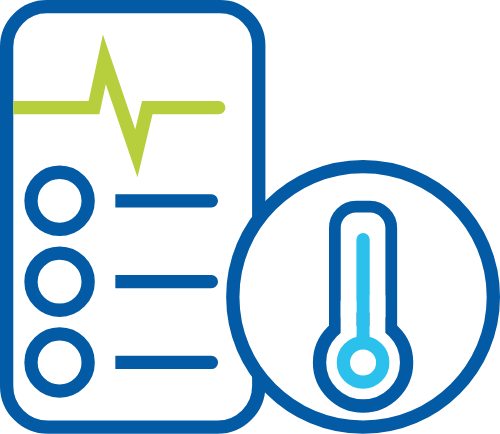Product categories
WHO IMD-PQS prequalifies a wide range of immunization devices and equipment of the following categories.
Each category-specific page provides:
- category information: the performance specifications and verification protocols relevant to that category
- guidelines for manufacturers: the IMD-PQS prequalification guidelines, explaining how, and the requirements a manufacturer must meet, in order to obtain prequalification of a product in that category
- supporting information for users: product manuals and guidance on the procurement, operation and/or maintenance pertaining to the products included in that category.
Click here to search and compare prequalified immunization devices.
Note: Categories E009, E011 and E012 are currently not in use.








